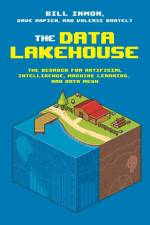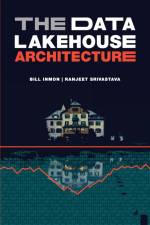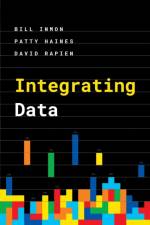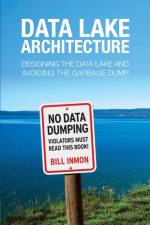av Bill Inmon
585,-
The data lakehouse is the next generation of the data warehouse and data lake, designed to meet today's complex and ever-changing modern information systems. This book shows you how to construct your data lakehouse as the foundation for your artificial intelligence (AI), machine learning (ML), and data mesh initiatives. Know the pitfalls and techniques for maximizing business value of your data lakehouse.In addition, be able to explain the core characteristics and critical success factors of a data lakehouse. By reviewing entry errors, key incompatibility, and ensuring good documentation, we can improve the data quality and believability of your lakehouse. Evaluate criteria for data quality, including accuracy, completeness, reliability, relevance, and timeliness. Understand the different types of storage for the lakehouse, including the under-utilized yet extremely valuable bulk storage. There are three data types in the data lakehouse (structured, textual, and analog/ IoT), and for each, learn how to build a robust foundation for artificial intelligence (AI), machine learning (ML), and data mesh. Leverage data models for structured data, ontologies and taxonomies for textual data, and distillation algorithms for analog/IoT data. Learn how to abstract these data types to accommodate future requirements and simplify data lineage. Apply Extract, Transform, and Load (ETL) to create a structure that returns the answers to business problems. The end result is a data lakehouse that meets our needs. Speaking of human needs, learn Maslow's Hierarchy of Data Lakehouse Needs. Next explore data integration geared for Al, ML, and data mesh. Then deep dive with us into all of the varieties of analytics within the lakehouse, including structured, textual, and analog analytics. Witness how descriptive data, data catalog, and metadata can increase the value of the lakehouse. We conclude with a detailed evolution of data architecture, from magnetic tape to the data lakehouse as a bedrock foundation for AI, ML, and data mesh.










